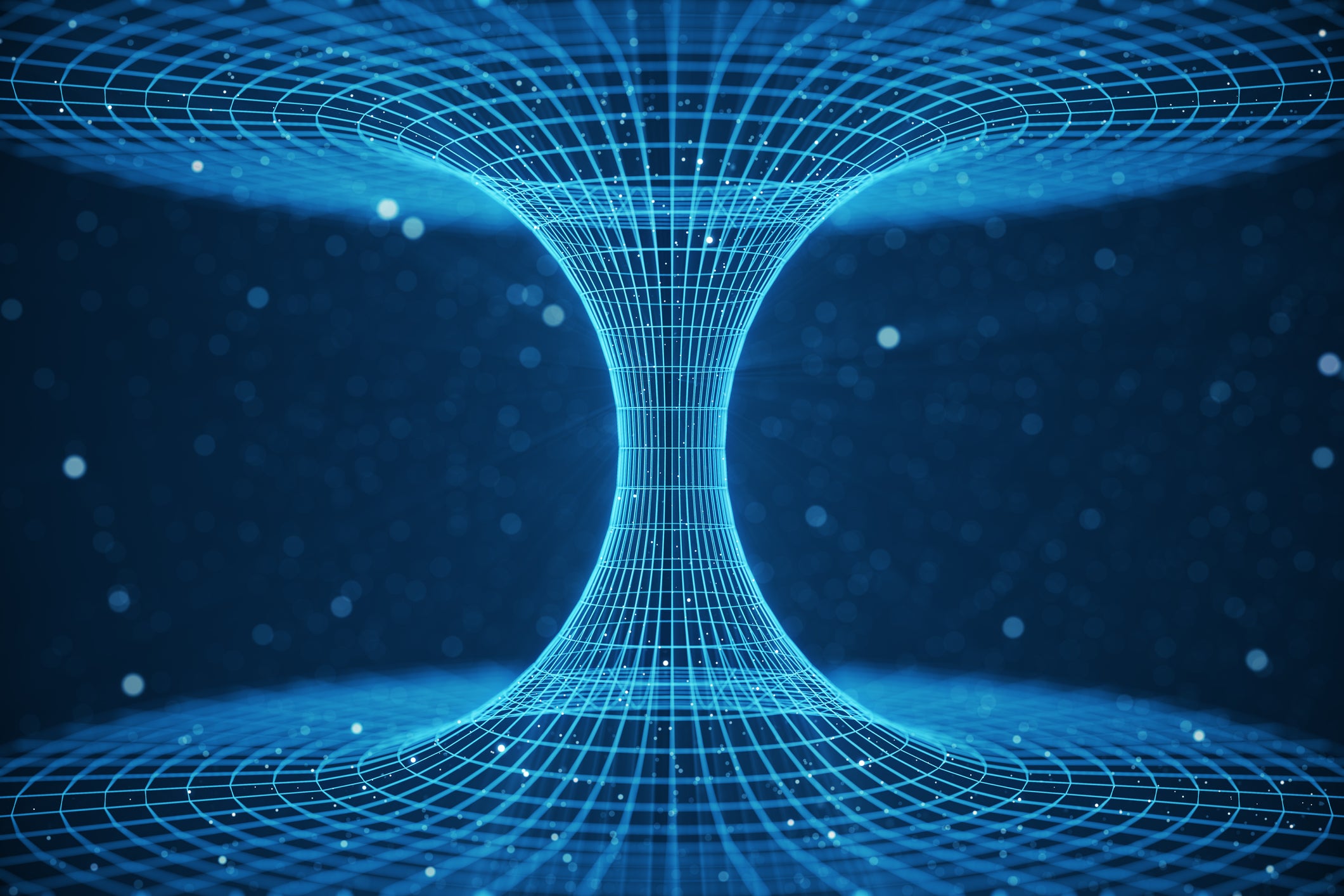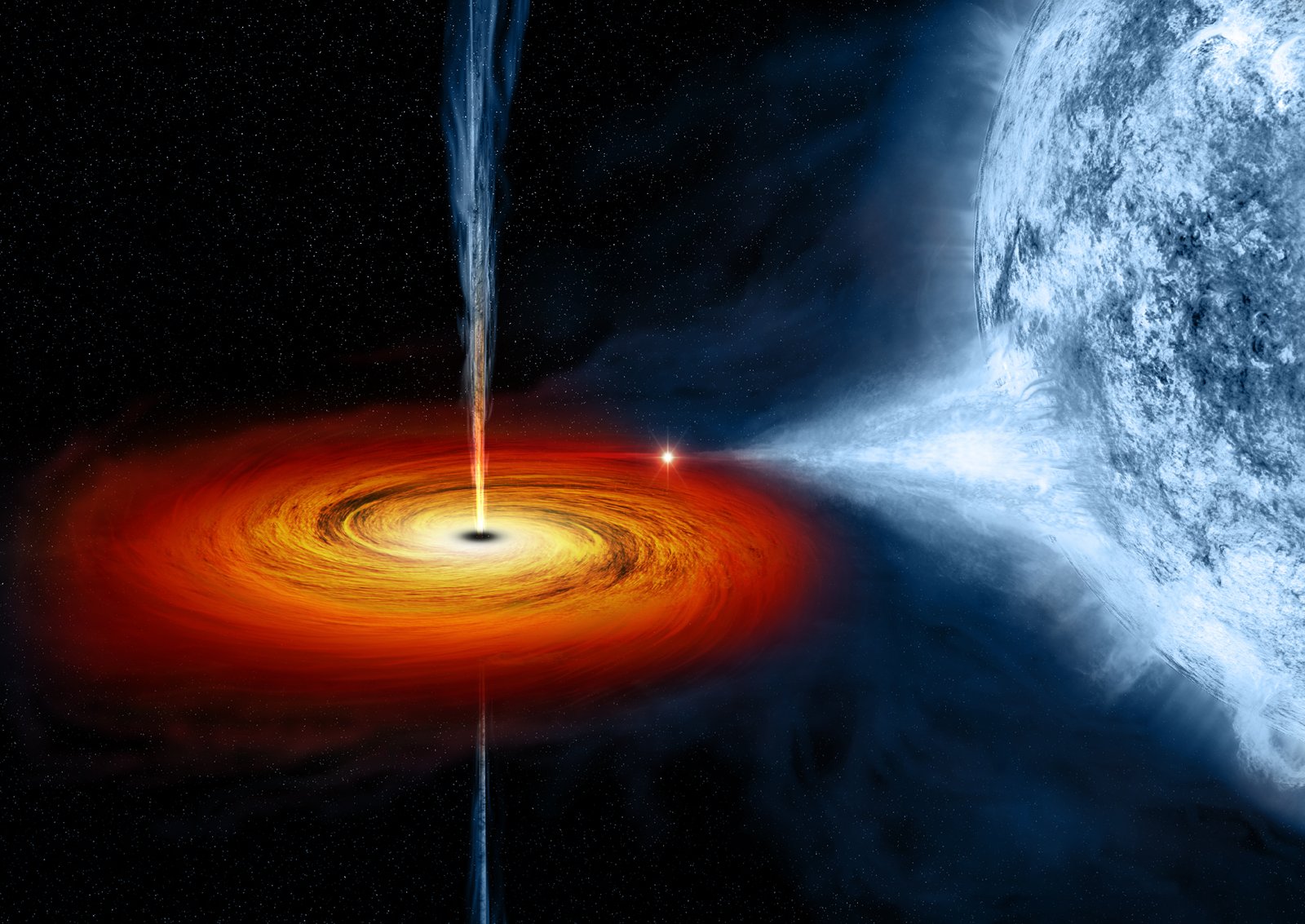Time travel has always captured the popular imagination. In the bestselling book “A Brief History of Time” by the late Stephen Hawking, three means of time travel were proposed, firstly in a universe where space-time is sufficiently warped, secondly if one travels faster than light and lastly if one is able to travel through a moving wormhole. According to Professor Hawking, observations of the Universe have shown that it is not sufficiently warped, leaving only the third possibility valid — wormholes.
Wormholes connect distant regions in a region in space-time which has a negative curvature, which can be kept open using matter with negative energy density. Some have theorised that wormholes are linked by a concept known as quantum entanglement, where particles have linked behaviour even at great distances. The theory is that a wormhole is actually two black holes linked by quantum entanglement, which can arise in two different ways. Firstly, a pair of black holes created at the same time, making them entangled by default. Secondly, a black hole formed from radiation emitted by another black hole, making the new black hole entangled with its “supplier”. When two particles (photons, electrons, etc.) are entangled, what these physicists believe is actually happening is that they are linked by microscopic wormholes.

Although black holes are widely studied by physicists, there remains an interesting paradox. In quantum mechanics, events are considered in terms of probabilities, and the probability of an event must add up to 1. Hence, information cannot be lost or copied, and one can find out a system’s initial state from information about its final state. However, in the description of black holes predicted by relativity, once information passes the event horizon, it is unable to exit the black hole due to the warping of space-time by gravity. A black hole radiates Hawking Radiation, causing it to decrease in size and eventually disappear. This is called the black hole Information Paradox.
The theory proposed by some physicists to resolve this paradox, “complementarity”, states that observers viewing the black hole from outside will see the information at the event horizon then return back through the Hawking radiation, while observers inside the black hole will see the information inside the black hole itself. There is no paradox in this explanation as the two observers are unable to communicate to each other.
There is so much interesting physics surrounding wormholes and black holes, and it is no wonder that they remain big topics of research and academic debate to this day.
References
1. Anderson, D. L., Dr. (n.d.). Wormhole Time Travel. Retrieved June 20, 2016, from http://www.andersoninstitute.com/wormholes.html
2. Choi, C. Q. (2013, December 3). Spooky Physics Phenomenon May Link Universe’s Wormholes. Retrieved June 20, 2016, from http://www.space.com/23809-quantum-entanglement-links-wormholes.html
3. Strassler, M., Professor. (2014). Black Hole Information Paradox: An Introduction. Retrieved June 20, 2016, from https://profmattstrassler.com/articles-and-posts/relativity-space-astronomy-and-cosmology/black-holes/black-hole-information-paradox-an-introduction/









